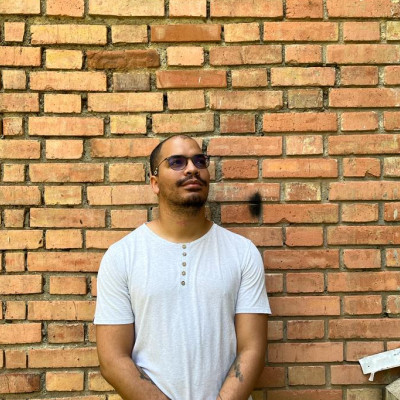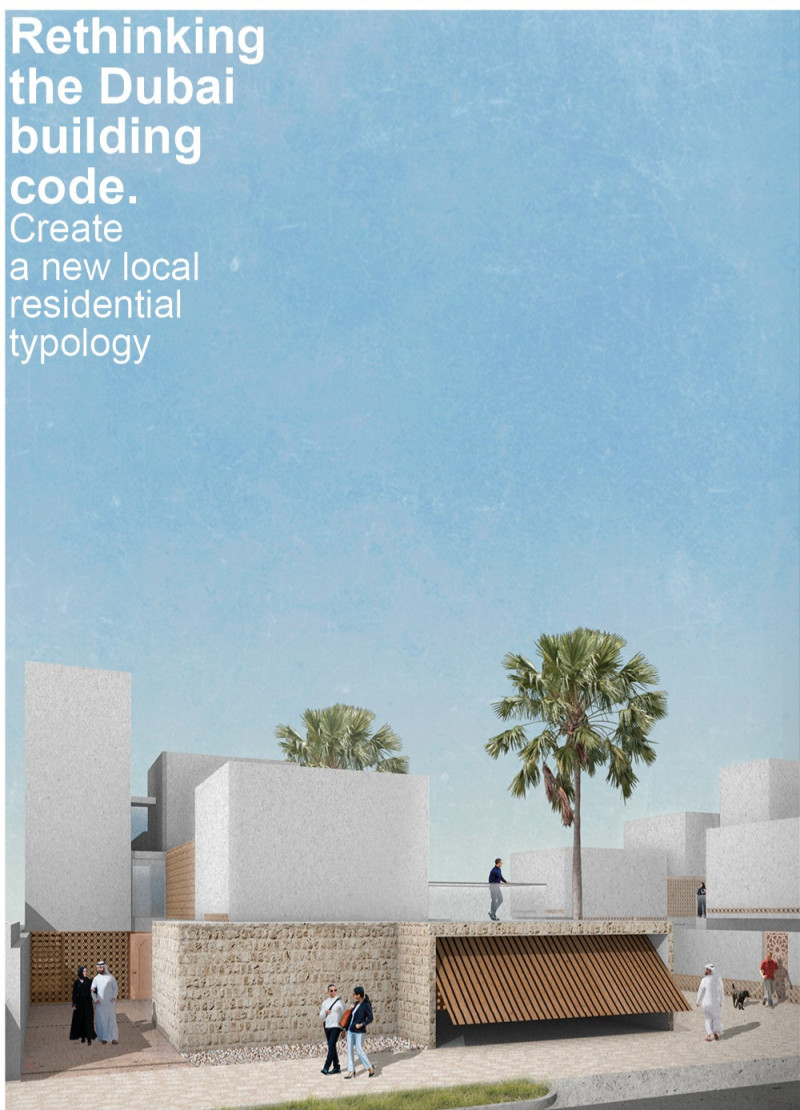5 key facts about this project
The overall design is characterized by a harmonious balance between aesthetics and usability, showcasing an innovative approach to space planning. The project integrates various elements that together create a cohesive narrative. The layout prioritizes circulation and accessibility, ensuring that all users can navigate the space with ease. This consideration for user experience is a fundamental aspect of the design, with clear pathways and intuitively organized areas that facilitate interaction and movement.
Central to the design is the façade, which often acts as the initial point of interaction between the structure and its environment. The choice of materials and architectural details reflects a contemporary sensibility while paying homage to local traditions. The use of high-quality materials, such as natural stone, glass, and steel, not only enhances the visual appeal but also contributes to the building's sustainability. The integration of large windows allows for abundant natural light to penetrate the interior spaces, fostering a connection between the indoor environment and the outside world. This design choice underscores the importance of natural elements, promoting well-being among occupants.
Moreover, the project incorporates landscape elements that integrate seamlessly with the architecture. Thoughtfully designed outdoor spaces can include terraces, gardens, or plazas, enhancing the overall aesthetic and providing areas for relaxation and social interaction. This aspect of the design emphasizes the increasing recognition of landscape architecture as an essential component of architectural design, contributing to a holistic experience for users.
The unique design approaches apparent in this project are evident in the innovative use of geometry and spatial organization. The incorporation of unconventional shapes or arrangements challenges traditional notions of space, encouraging a re-evaluation of how architectural forms can influence human behavior and social interaction. This progressive thinking not only elevates the design but also aligns with contemporary discourses in architecture focused on resilience, flexibility, and adaptability.
Lighting plays a crucial role in shaping the interior atmosphere. By strategically placing artificial lighting fixtures and considering the effects of daylight throughout the day, the project creates distinct moods and enhances functionality in various contexts. This thoughtful approach to lighting design is indicative of a broader awareness of the interplay between architecture and sensory experience, where the aim is not merely to provide illumination but to craft an engaging spatial narrative.
Additionally, the project reflects an increasing emphasis on environmental responsibility. The integration of sustainable practices, such as energy-efficient systems, rainwater harvesting, and the use of renewable materials, speaks to the contemporary architectural ethos of minimizing ecological impact. These design choices are crucial not only for compliance with modern building regulations but also for advancing the conversation surrounding sustainable architecture.
In summary, this architectural design project stands as a testament to the thoughtful consideration of form, function, and context. By engaging with the landscape and prioritizing user experience, the design showcases an impressive command of contemporary architectural methodologies. Those interested in exploring the architectural plans, sections, designs, and ideas that constitute this project are encouraged to delve deeper, appreciating the layered intricacies that define its essence. The exploration of such elements within the project will undoubtedly yield a richer understanding of its contribution to the architectural narrative.


 Gustavo Sarmiento Peñaranda,
Gustavo Sarmiento Peñaranda,  Carlos Santiago Villalobos Camacho,
Carlos Santiago Villalobos Camacho, 























